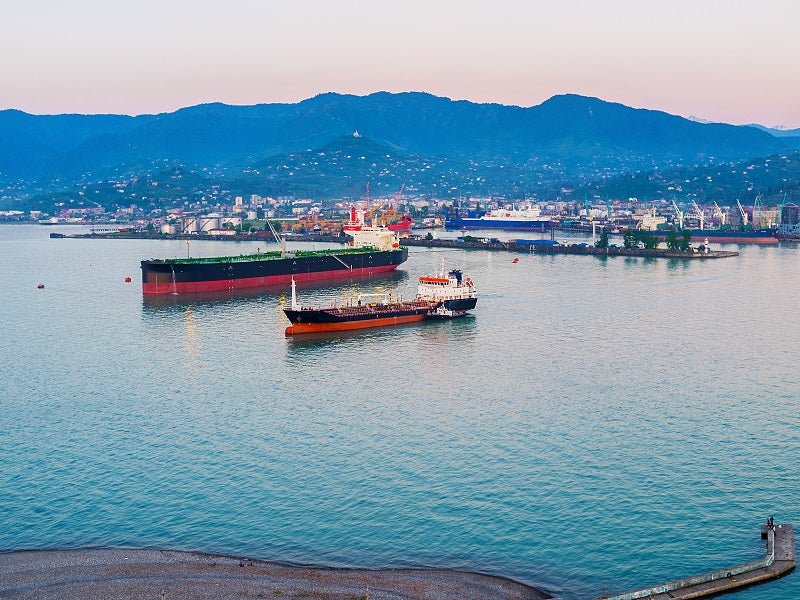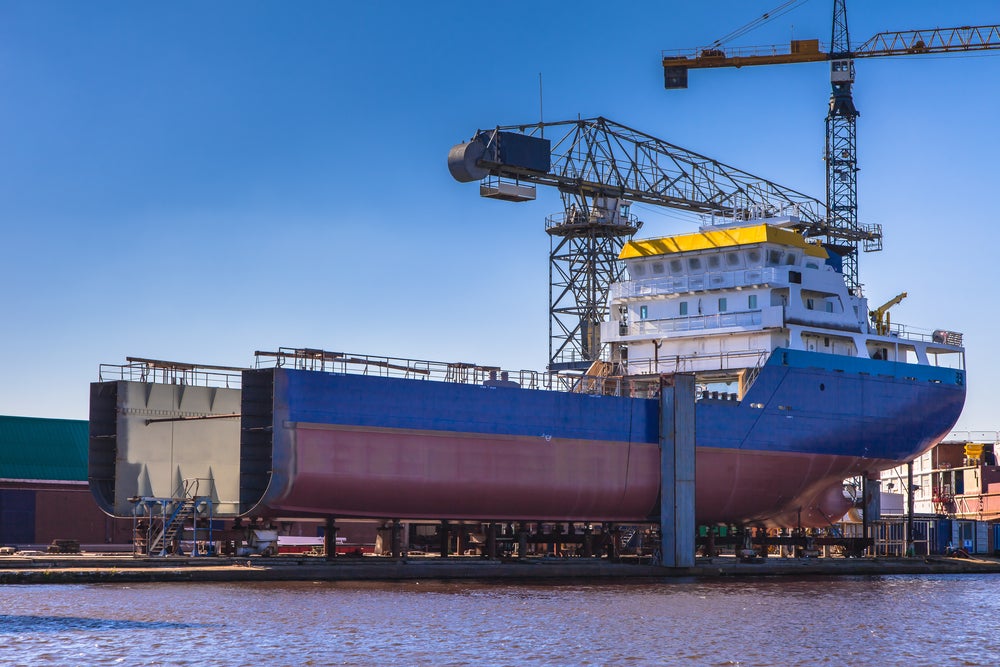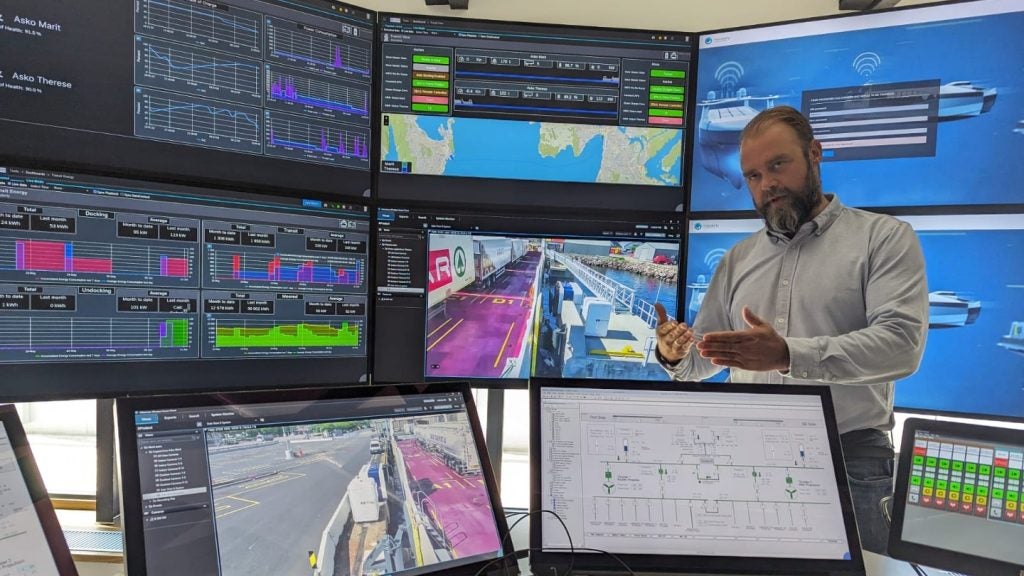
The European Union’s recent 2050 Decarbonisation Strategy envisions radical changes in the way European homes are heated and cars are powered, but has failed to include the shipping industry, a major polluter itself, in the equation.
Responsible for 3% of global CO2 emissions, which would make it the sixth biggest emitter in the world if it were a country, the sector also accounts for about a fifth of total emissions in the EU.
While the International Maritime Organisation (IMO) pledged, in April 2018, to cut emissions by 50% by 2050, a widespread lack of appropriate funding and limited knowledge on sustainable propulsion alternatives risk standing in the way of these targets. This means that while major CO2 emitters in the EU kick off their decarbonisation plans, the shipping industry is being left behind, compromising the success of the strategy altogether.
Fresh concerns that this outcome could become real recently came from Brussels-based NGO Transport and Environment (T&E), a leader in researching sustainable solutions for the transport sector.
In November 2018, the organisation published a report titled “Roadmap to Decarbonising European Shipping” in which it revealed that batteries, ammonia and hydrogen would be the most efficient ways to cut emissions in this sector. These powering options – and, in some cases, a combination of the three – would require half the amount of renewable energy required by other solutions, such as liquefied natural gas (LNG) and marine fuel oil.
Breaking down carbon emissions
Faig Abbasov, shipping officer at T&E, carried out the research with one rebus in mind: “If we were to decarbonise EU-related shipping – meaning ships calling at EU ports, not owned or flagged by Europeans, and serving the European economy – by 2060, and if we assume that we need zero-emission propulsion technologies and generically new energy storage options, then what would be the additional impacts on the EU electricity demand and production in 2060?”
How well do you really know your competitors?
Access the most comprehensive Company Profiles on the market, powered by GlobalData. Save hours of research. Gain competitive edge.

Thank you!
Your download email will arrive shortly
Not ready to buy yet? Download a free sample
We are confident about the unique quality of our Company Profiles. However, we want you to make the most beneficial decision for your business, so we offer a free sample that you can download by submitting the below form
By GlobalDataAbbasov and his team considered that once additional operational measures that could reduce overall energy demand have been applied, there will still be a need to decarbonise ships. As such, they specifically focused on the “the final mile”, including the use of batteries, synthetic fuels or energy storages and sources. This led to another question: if ships were indeed to adopt any of these methods, how much electricity would be needed to produce the energy that would power ships in 2060?
Early results showed that usually popular solutions such as synthetic methane, synthetic diesel and LNG would not be viable as substitutes to current fuels.
“Methane and synthetic diesel will not be energy-efficient and will require way more electricity in the EU as opposed to ammonia, hydrogen and battery-electric mix,” and therefore require double the energy, says Abbasov. Using LNG may help reduce air pollution but could risk “locking the industry on a pathway that will be very costly and ineffective in the long term.”
Ammonia, batteries and hydrogen
Having excluded these materials, it became clear to Abbasov and his team that batteries, ammonia and hydrogen are the most energy-efficient solutions with the smallest impact on electricity demand.
According to T&E, battery-powered ships would be the most immediate solution, though the NGO warns there is also a caveat: “Not all ships can actually fully rely on batteries because batteries are heavy, they don’t have enough energy density and only certain segments of shipping will be able to switch to batteries.” Falling within this category are vessels involved in domestic and short-sea shipping, for which batteries would be the ideal match.
T&E’s second option is hydrogen, which is more efficient to produce than other fuels but has a lower metric density, which means it takes up more space than its alternatives. “Hydrogen goggles up the space that could otherwise be used to transport cargo and money,” explains Abbasov, threatening to affect the value of the so-called ‘opportunity costs’. In other words, it is assumed that ships are always running full and generate revenue from every single product on-board, something that, in reality, is not always the case.
“Since hydrogen takes more volume and more space, you need to look at what is also available on the market that has higher volumetric density – meaning that it can fill more energy in certain volumes – compared to hydrogen,” says Abbasov. This is where the third option, liquid ammonia, could bring the most benefits.
Despite being less energy-efficient than hydrogen, ammonia has a higher density, therefore helping to save up more space on-board. But having balanced out the costs and benefits associated with both hydrogen and ammonia – the latter being more expensive – Abbasov admits that the research remains partially inconclusive.
This is because the answer varies according to the operational profile of each ship. “Some ships will want to reduce their energy costs as much as possible and don’t need to worry about the space because they’re not always running full, so they can afford to occupy more density.
“Other ships, however, are more worried about the space available on-board because it’s an important element of their business model and they can afford to go with slightly more expensive fuel.”
As a result, small ships travelling short distances will be keen to use batteries, while those sailing on slightly longer voyages will prefer hydrogen. Large charters sailing for the longest distances will likely choose ammonia.
Figures from the report show that using a combination of these three options would require 25% additional renewable electricity compared to the total amount produced nowadays. In practical terms, this will mean that in the future, “all EU industries will have to be decarbonised and on top of that, there will be need to produce an additional 25% so that you can produce this energy storage for ships.”
The bigger picture
T&E’s work risks being for nothing if the EU fails to take responsibility for the decarbonisation of shipping or to put in place incentives to encourage the industry to ditch fossil fuels.
While Abbasov and his team are currently in talks with the IMO to include the sector in the EU’s decarbonisation targets, the UN agency has limited powers when it comes to policy-making on the continent.
“One issue that has been raised is that to decarbonise shipping you need new energy, which requires physical geography to find areas where you can produce it and you need investments,” he says. However, being an international umbrella organisation, the IMO lacks both, and therefore can only implement certain types of regulation and incentives for shippers to decarbonise.
Whatever the industry’s chosen fuel will be, it will still need to be produced in a geographical area, meaning a UN member state. But as long as the EU’s environment policies fail to include industrial and investment action, Abbasov says there are little chances of success.
“If you say that we want to decarbonise the economy by 2060 and for this you need X amount of investment and need to produce X amount of fuel, you need further investment policies at a member state level, at the European Commission level and the European Investment Bank level,” he continues. “But if you don’t include in your calculations what would be the additional need of ships, you are ignoring a big hole and demand in your industrial policy. So, it’s not about politics but rather about industrial policies, and that’s what we have been trying to get across to the European institutions.”
Finally, despite the positive efforts that the EU has made in recognising the technical and economic feasibility of electrification in short-sea shipping, Abbasov claims more needs to be done to include deep-sea ships that sail on intercontinental journeys.
With May’s European elections looming, the newly-voted Commission will undoubtedly benefit from its predecessors’ decarbonisation targets and can only continue to implement new policy and regulation on the matter. However, as Abbasov says, failing to consider the shipping industry in the bigger picture could prove costly for the EU, as well as the global environment.






